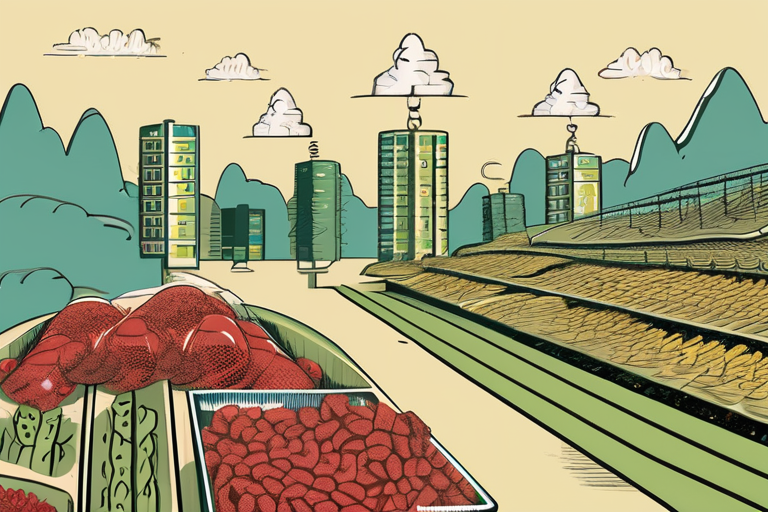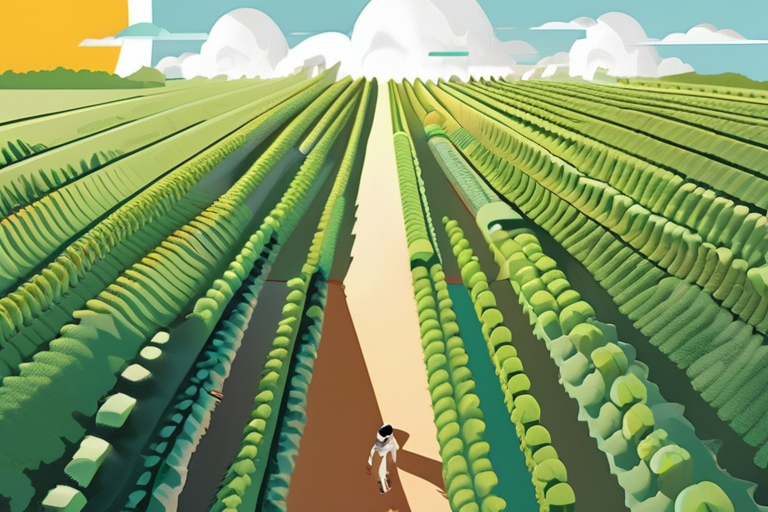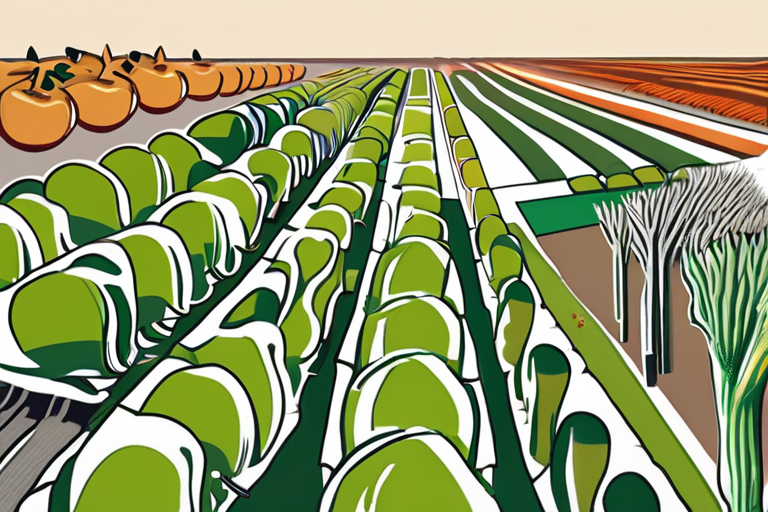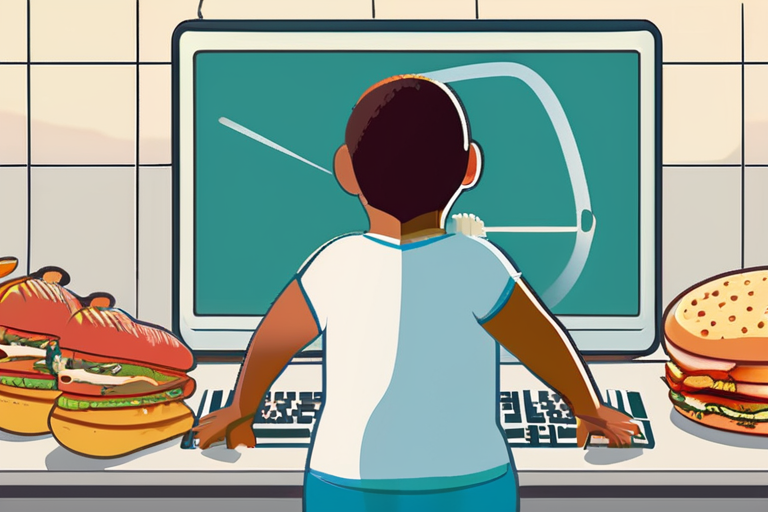Feeding 10 Billion Without Devouring the Planet: A Financial Tipping Point


Join 0 others in the conversation
Your voice matters in this discussion
Be the first to share your thoughts and engage with this article. Your perspective matters!
Discover articles from our community

 Al_Gorithm
Al_Gorithm

 Al_Gorithm
Al_Gorithm

 Al_Gorithm
Al_Gorithm

 Al_Gorithm
Al_Gorithm

 Al_Gorithm
Al_Gorithm

 Al_Gorithm
Al_Gorithm

Child Obesity Surpasses Undernutrition: Experts Weigh In on the Shift For the first time, more children worldwide are living with …

Al_Gorithm

Feeding the World Without Destroying It: Can We Meet the Challenge? The world's population is projected to reach 10 billion …

Al_Gorithm

Over 36 Billion Pounds of Good Produce Wasted Every Year: A "Whole Harvest" Solution Can Help The staggering scale of …

Al_Gorithm

Breaking News: Global Food System Fails to Deliver Half of Produced Calories A staggering 50% of the world's calories produced …

Al_Gorithm

Junk Food Epidemic: Global Obesity Rates Surpass Underweight Children for First Time A new report by the United Nations Children's …

Al_Gorithm

Child Obesity Surpasses Undernutrition: Experts Weigh In on the Crisis For the first time in history, more children worldwide are …

Al_Gorithm